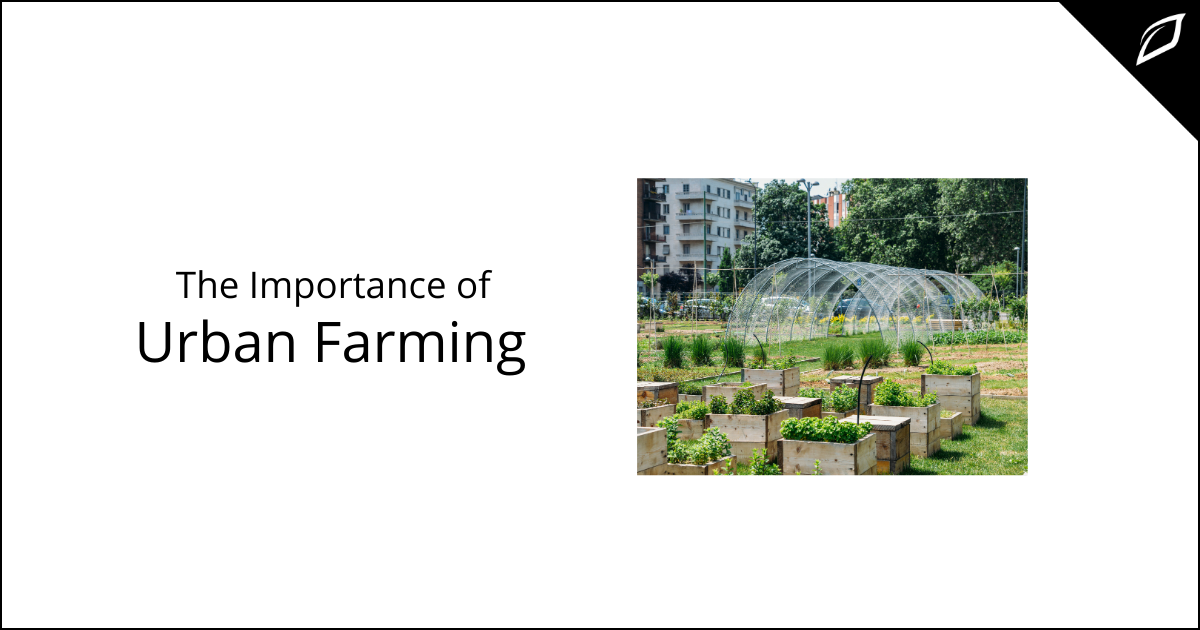The Only Guide to City Blooming
Table of ContentsThe City Blooming DiariesCity Blooming Things To Know Before You BuyLittle Known Questions About City Blooming.Not known Facts About City BloomingThe 9-Minute Rule for City Blooming
Urban yards often take advantage of warmer microclimates, enabling the growing of less sturdy plants such as palms and bamboo. https://www.callupcontact.com/b/businessprofile/City_Blooming/9301189 normally found in warmer regions. And as we've stated, do not simply opt for small plants; tiny metropolitan gardens can manage large plants and trees and selecting these over small fussy hedges will make the area feel larger and more amazingUse big containers they don't dry as rapidly as smaller sized pots, so they are much less work to keep water. Choose hardscaping components for a city yard The organized lines, asymmetrical arrangement, and usage of contrasting materials in this London-based Victorian balcony's garden layout produce a smooth link with the architecture, making it look like a natural extension of the overall aesthetic.
Plant up and down Cover the wall surfaces in greenery, whether that be lovely climbers that ripple messily over your fence or something extra contained and contemporary like a living wall. Make the most of a light well garden Whitewashed walls and pale floor ceramic tiles turn it from a dark and dingy room right into an area you 'd wish to hang around on a Sunday early morning with a mug of coffee.
Unknown Facts About City Blooming
IoT-based ingenious gardening systems make it possible for remote surveillance and automation of gardening procedures. Urban farming applications and on-line sources supply valuable details, tips, and area support for metropolitan gardeners.
They have a goal to finish hunger in our generation by growing gardens on unused land in cities. They provide a range of resources to assist people obtain involved in metropolitan farming, including academic materials, horticulture tips, and a neighborhood forum.

Excitement About City Blooming
Urban Development is a community-led firm that deals with both areas and developers to develop a healthier city. They are committed to sustainability, empowerment, and joy, and they believe that everybody has the power to make a distinction. Urban gardening is an effective motion that brings nature back into the concrete forest.
Katy began at Horticulture Express with minimal understanding of horticulture, but under the mentorship of Chris Bonnett and the various other gardening experts in the firm, she currently has more than 2 years of experience in the gardening market. Katy has written over 300 posts on subjects such as plant care, garden designs, garden layout, and upkeep.
Katy's goal is to help newbies and seasoned garden enthusiasts alike produce and enjoy their very own welcoming outside rooms effortlessly.
Neighborhood yards are semi-public rooms shared by an area of next-door neighbors and other individuals where they jointly take part in growing fruits, veggies, or blossoms, sharing labor and harvest. It's great to get associated with these sustainable jobs as they're similarly advantageous for you, the community, and the setting. Area yards are found in areas, but can also be developed in institutions, property lands, or establishments, such as healthcare facilities.
City Blooming Can Be Fun For Everyone
A few of the ecological advantages of area gardens include: Restoration of uninhabited land and environments by repurposing themProduction and updating of water infiltration and various other ecological community servicesPromotion of biodiversity by planting indigenous plantsEducating the community concerning horticulture, metropolitan farming, and their benefitsReduction of food transport minimizing air pollutionPromotion of sustainable agriculture practicesFostering social inclusionThe above ecological benefits reveal the overall value of neighborhood yards and their contribution to supplying habitat for organisms and food to the locals, getting rid of food instability.
Community gardens contribute to accomplishing these goals as they are easily accessible to all despite course, age, sex, education, line of work, and so on, and play a substantial duty in elevating recognition and knowledge regarding horticulture and metropolitan agriculture amongst the citizens. Community yards highlight a requirement for city occupants to return to nature.

And also, it removes food instability in neighborhoods which is a worthy goal. Working in a shared garden enables a return to true values.
The 9-Minute Rule for City Blooming
Some of the environmental advantages of community gardens include: Reconstruction of vacant land and communities by repurposing themProduction and upgrading of water infiltration and various other environment servicesPromotion of biodiversity by growing indigenous plantsEducating the area about horticulture, metropolitan farming, and their benefitsReduction of food transport reducing air pollutionPromotion of sustainable farming practicesFostering social inclusionThe above ecological benefits reveal the general importance of neighborhood yards and their contribution to offering environment for organisms and food to the citizens, read review removing food instability.
Area yards add to accomplishing these goals as they come to all no matter course, age, sex, education and learning, profession, etc, and play a massive duty in elevating understanding and expertise concerning horticulture and metropolitan farming amongst the people. Area yards highlight a need for city residents to go back to nature.
A means to get closer to nature by adhering to conservationist valuesSpaces of social variety where conviviality and exchanges aboundPlaces that advertise the combination of disadvantaged teams or individuals with specials needs into the social fabricA way to boost your living atmosphere (for people staying in houses and having little green area at their disposal)A place of community home entertainment, to hold social occasions and exterior partiesThe possibility to expand veggies, fruits, and herbs at reduced costAn chance to move and exercise in the fresh air by committing a couple of hours a week to gardening and keeping your garden plotThe possibility to share and exchange with other individuals items from the harvestOpportunities to increase recognition and educate individuals regarding ecological respect via techniques such as composting, natural horticulture, rain harvesting, etc.
Plus, it removes food insecurity in areas which is a worthy goal. Working in a shared yard permits a return to true worths.